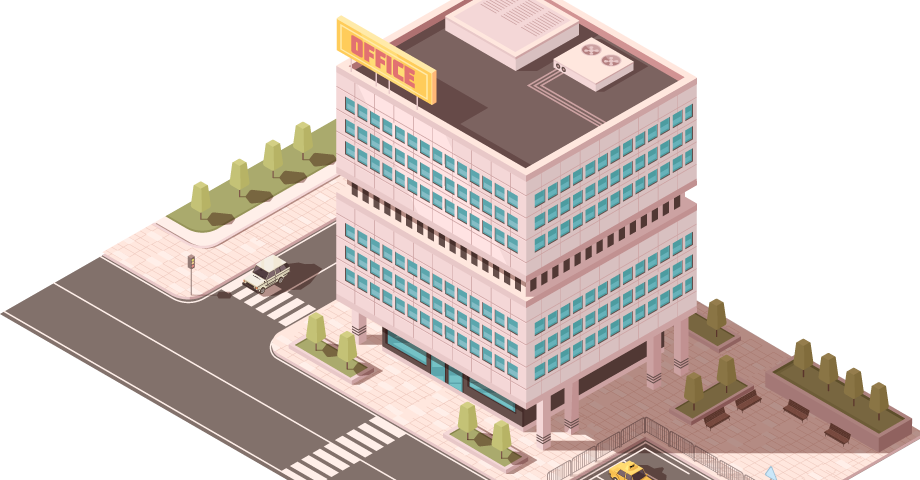-

4 Alternative Capital Sources for Multifamily Development
Capital drives commercial real estate development. It fuels the years-long endeavor—taken without cash flow or revenue—until the project is complete. For the last decade, capital has been readily available at a historically low cost, but now, the tide has turned. With widespread economic uncertainty, rising interest rates and a banking crisis earlier this year, banks…
-

Key Migration Trends Every Commercial Real Estate Developer Should Know
In March 2020, The New York Times published “The Great Empty,” a photo series of desolate plazas, subway stations, city streets and concert halls. Las Ramblas in Barcelona, Santa Monica Beach in Los Angeles, The Spanish Steps in Rome, Times Square in New York, Place de la Concorde in Paris and the Red Fort Fair…
-

The State of Tenant Improvement Projects
Over the last few years, tenant improvement projects have been on the rise as hybrid and remote work trends persist and owners face increased competition for office tenants. Landlords, in an effort to attract tenants and secure long lease terms, have started offering allowances, among other concessions, like free rent. Office leasing trends, which have…
-

Construction Management Fees Rise Across Asset Classes
Construction costs are a staple pain point for commercial real estate developers. After all, they account for the majority of the cost associated with building a new property, and can be difficult to estimate. This has been particularly true in the last couple of years. Total construction costs have increased more than 40% since the…
-

4 Commercial Real Estate Devolopment Trends Shaping Exits in 2023
Commercial real estate investment is suffering from an identity crisis. With a whiplash-inducing rise in interest rates and the possibility of a recession coming in late 2023 or early 2024, investors aren’t quite sure how to proceed. Accordingly, commercial real estate investment volumes are down 53% so far in 2023 — but not for want…
-

Office Space Trends: Key 2024 Trends for Developers
The outlook for commercial office real estate as an asset class will be mixed in 2024. Overall, demand for office space is in a continued decline, with the majority of employers in urban areas continuing to downsize and vacancies keeping rents low. However, many workers have returned to office in some capacity, and demand for…
-

The Three Trends Curbing CRE Ground Up Construction Starts
Gaining an accurate snapshot of the current state of ground-up construction isn’t easy in today’s market. If developers were to simply look at demand fundamentals, there’s plenty of incentive to build in most commercial real estate asset classes. Multifamily in particular is undersupplied across the country, but industrial, data centers, life science and healthcare are…
-

The Real Estate Developer’s Guide to Yield on Cost
Yield on Cost (YOC) is a financial metric you can use to evaluate the performance and profitability of a real estate investment. By determining your project’s yield on cost, you can measure risk against potential return and compare the asset to other potential opportunities. The yield on cost is unique from other financial metrics in…
-

Remote Work Has Transformed the Definition of Class A Office Space
It’s no secret that the pandemic rocked the office sector. No commercial real estate asset class has been impacted more by the global Covid-19 outbreak, which sent nearly 50 million US office workers home to work remotely. For many, remote work became a permanent change. Now, office property owners and corporate leadership are grappling with…